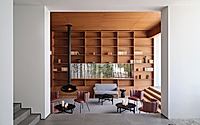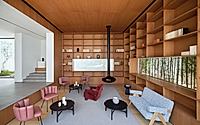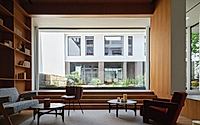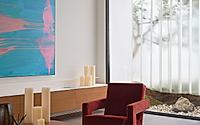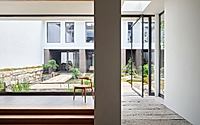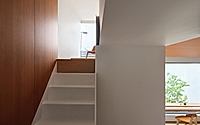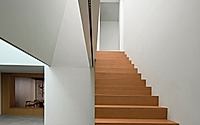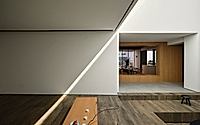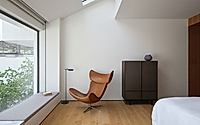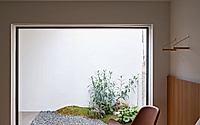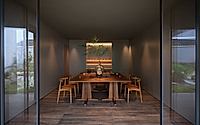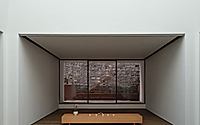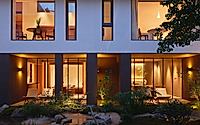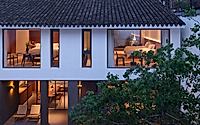Hua Xu Boutique Hotel Offers Contemporary Design in Suzhou
The Hua Xu Boutique Hotel by Z+H Renhai Design is situated in Suzhou, China. Completed by designer Zhang Haihua, this 2024 project involved transforming three existing residential buildings into a courtyard hotel. The design draws inspiration from the region’s Jiangnan-style houses, incorporating contemporary elements that harmonize with the area’s historical context.

This commission presented an exciting opportunity for Zhang, who was born and raised in Suzhou himself, as it offered the chance to develop a contemporary aesthetic for a hotel located within the ancient city and its strong sense of place, and to contemplate the special meaning of this type of project in a unique spatial, social, and historical context.

Chapter I Traversing by Water
When looking at a map of Suzhou, its unique urban layout becomes evident – water interweaves ubiquitously throughout the city, its canals providing an added layer of urban circulation: people here can either walk the streets or traverse the city by boat. Many picturesque neighborhoods have been established over the years, such as the “Fisherman’s Quarter” in the Taihu Lake Basin, where writers and painters have traditionally resided, having built modest houses by the water. People who caught fish on the river could immediately sell them to residents adjacent to the water through their windows. Zhang Haihua remembers buying vegetables when he was young, by taking a basket and setting out on a boat.
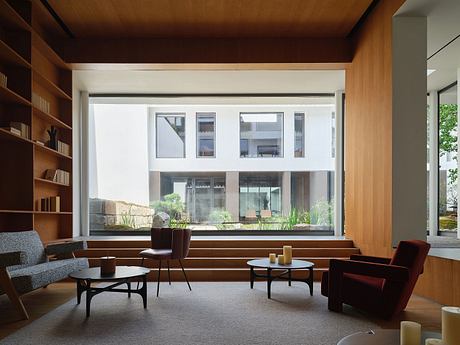
Zhang has provided for an informal lounge space to one side of the lobby area, at a slightly lower level than the main floor. In doing so, it recalls the traditional height one would have when observing the city by boat, while creating an intimate relationship with the external courtyard landscape.
With its low floor level, the lounge functions as a modern version of a traditional Chinese central hall, incorporating Italian Cassina chairs and contemporary paintings, aligned with a series of openings in the space. Thus, it can be experienced as both a three-dimensional environment, and a series of framed views, echoing spatial techniques used in original Jiangnan designs.
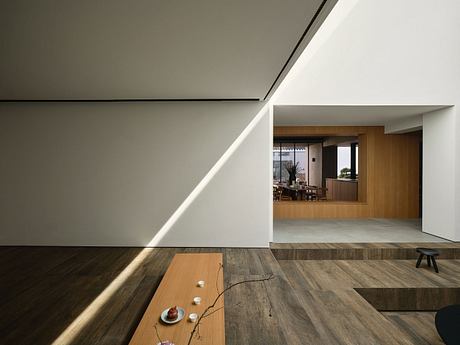
A small hill has been formed at the rear of the courtyard, which slopes down towards the building, its grade merging with the floor level of the interior. A Chinese tallow tree has been placed near the top of the hill, with a timber deck area at its base. There are also seven tea trees planted throughout the courtyard, allowing for fresh tea leaves to be taken in the spring and autumn. Local rocks have been set in the moss which covers the earth, and in the water which is inhabited by numerous small fish. A set of stairs merges with the terrain, forming a metaphorical walk up a mountain, inspired by the writings of Jiangnan-era authors.
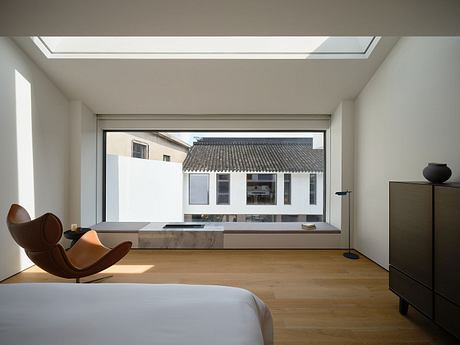
Chapter II Alleyway Light and Shadow
A covered patio area has been incorporated which serves as a transition space between the courtyard and the main space of the hotel, a common element in ancient Jiangnan architecture also rooted in Zhang’s memory. The deep eaves effectively frame the space, integrating the sky, the earth, the architecture, and the people who inhabit it.

The tea room is set back from the courtyard, with a set of floor to ceiling, fully glazed folding doors allowing the outdoor garden to become part of the space. Nature becomes a defining element of the room, while the elegant grey color palette and wood furniture create an ambience of calm contemplation.
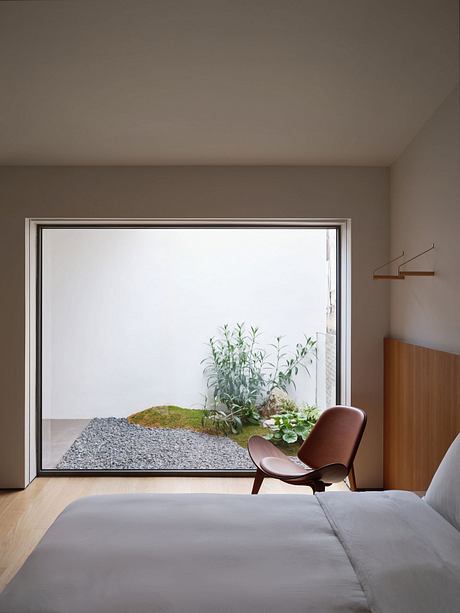
The courtyard slate tiles extend to the edge of the reflecting pool and then around the hotel, where a narrow passageway leads to a side entrance. Here, the ancient historical walls of the neighboring buildings are brought within touching distance, their mottled, tactile texture contrasting with the new white walls of the hotel. Different eras of time and space are brought together, the new and the old eloquently echoing one another.

Chapter III Renewing Jiangnan Culture
In Zhang’s view, Jiangnan architecture is unique in the way it effortlessly connects interior spaces to the surrounding nature, and achieves an elegant unity in function, spirit, time, and use. He wanted to capture not simply the scale and materiality of the original architecture, but the special atmosphere of the ancient city, with its long shadows, narrow alleys, and an uncanny sense of traveling back in time.
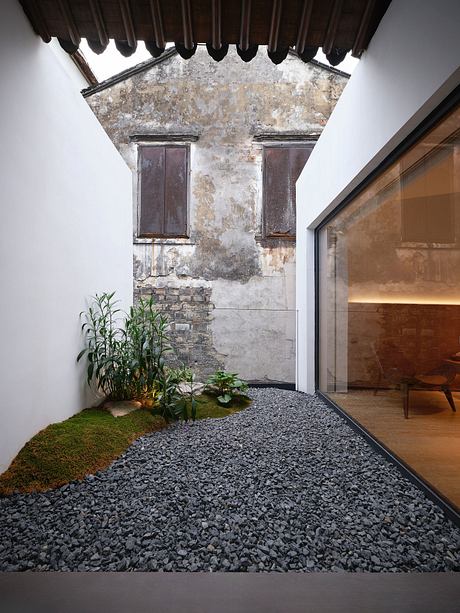
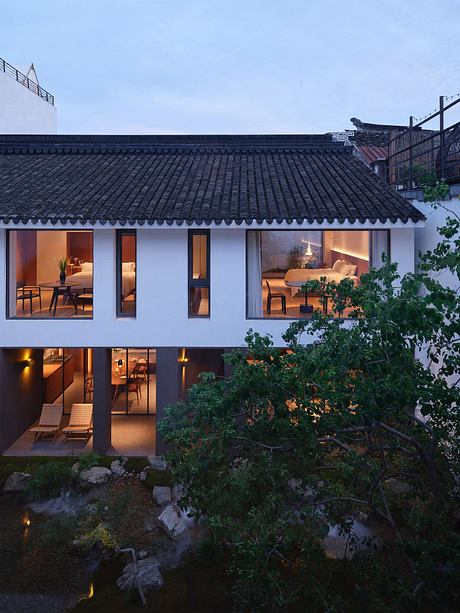
Photography by Cai Yunpu
- by Matt Watts